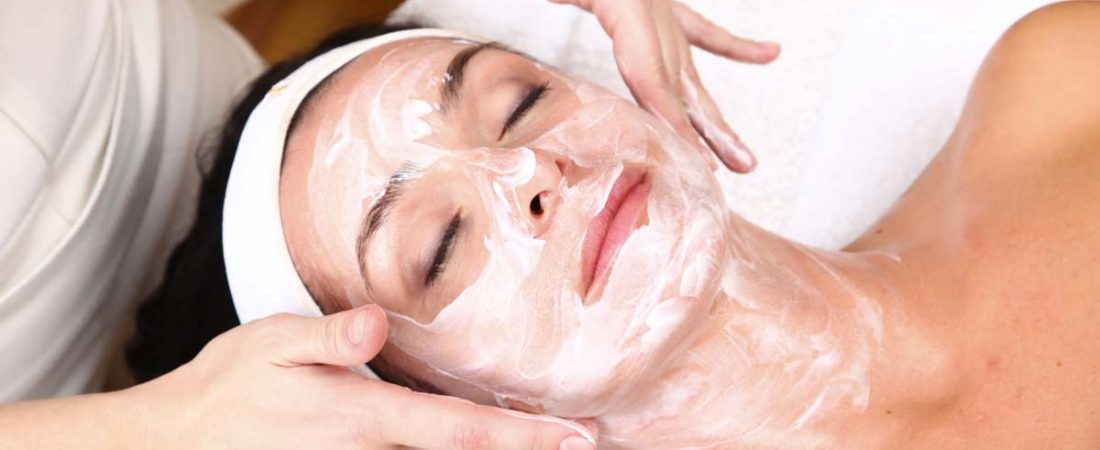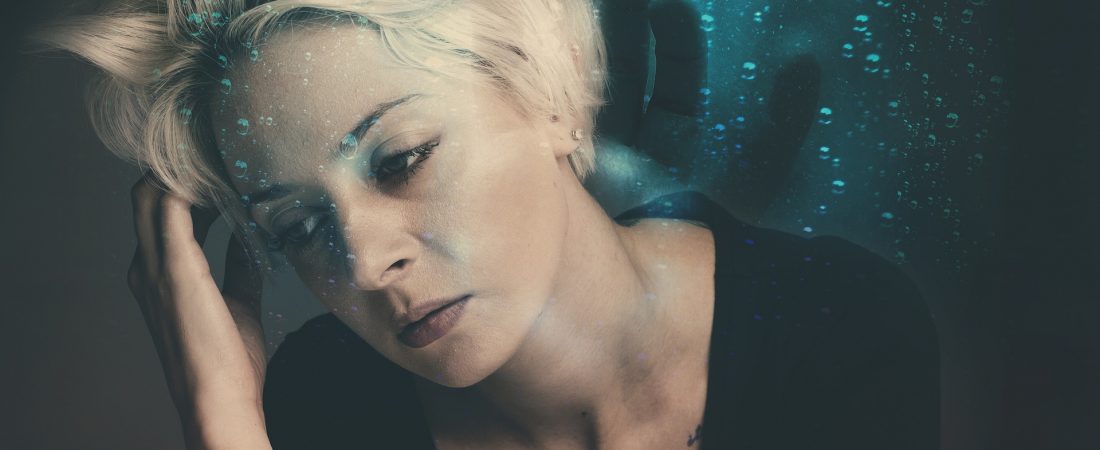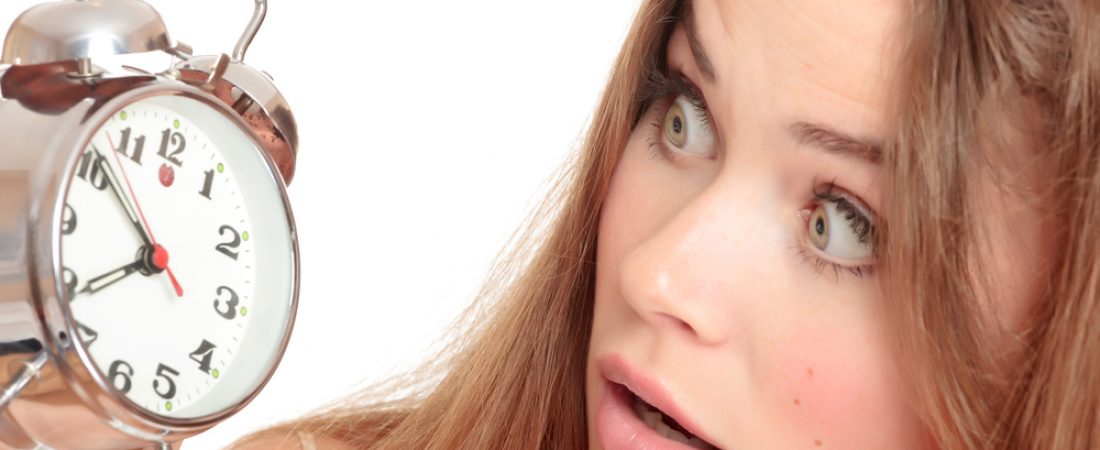Can A Facial Reduce My Stress?
Anyone who’s had a good facial knows that it makes you feel wonderful. It isn’t just a passing feeling. If your esthetician provides you with an excellent experience, it can reduce your stress levels significantly. How? Here are four ways it helps.
A facial gives you time to slow down
Life can be busy and extremely hectic at times. With no time to slow down, stress builds and builds. When you sit for a facial, there’s nothing else you have to do. Simply sit back and relax. Let the esthetician do the work. Now is your time to de-stress. It will be easy, too, because the process impacts your parasympathetic nervous system in a positive way.
Massage promotes relaxation and reduces pain
Massage is an essential part of any facial you get from a professional esthetician. They massage your face and may also massage other parts such as your arms, legs, and feet. Massage relaxes you in several ways. It increases blood flow, decreases swelling, and minimizes pain. All these physical effects lead to reducing your stress.
A facial clears away dead skin and toxins
The skin is not only the largest sense organ, it’s the largest organ in the entire body. When it’s clogged with oils, dead skin, and toxins, your skin feels lifeless. Your facial skin is usually the most susceptible to clogging, especially if you aren’t careful about removing makeup. Having a facial clears away all that debris, refreshing and revitalizing your skin. Afterwards, you feel energized and ready to take on the world.
You look great and feel self-confident
Regular facials can help you reduce the effects of skin conditions like acne or psoriasis. Even if you have relatively clear skin, a facial gives your skin a clean, healthy glow. Knowing you look your best, you feel more self-confident. With greater self-esteem, you’re more likely to see problems as challenges you can overcome rather than threats. A facial might not make you a mighty warrior, but it can help you feel more comfortable about facing the problems that usually cause your stress.
Contact us when looking for the best facial in Petaluma, CA.


